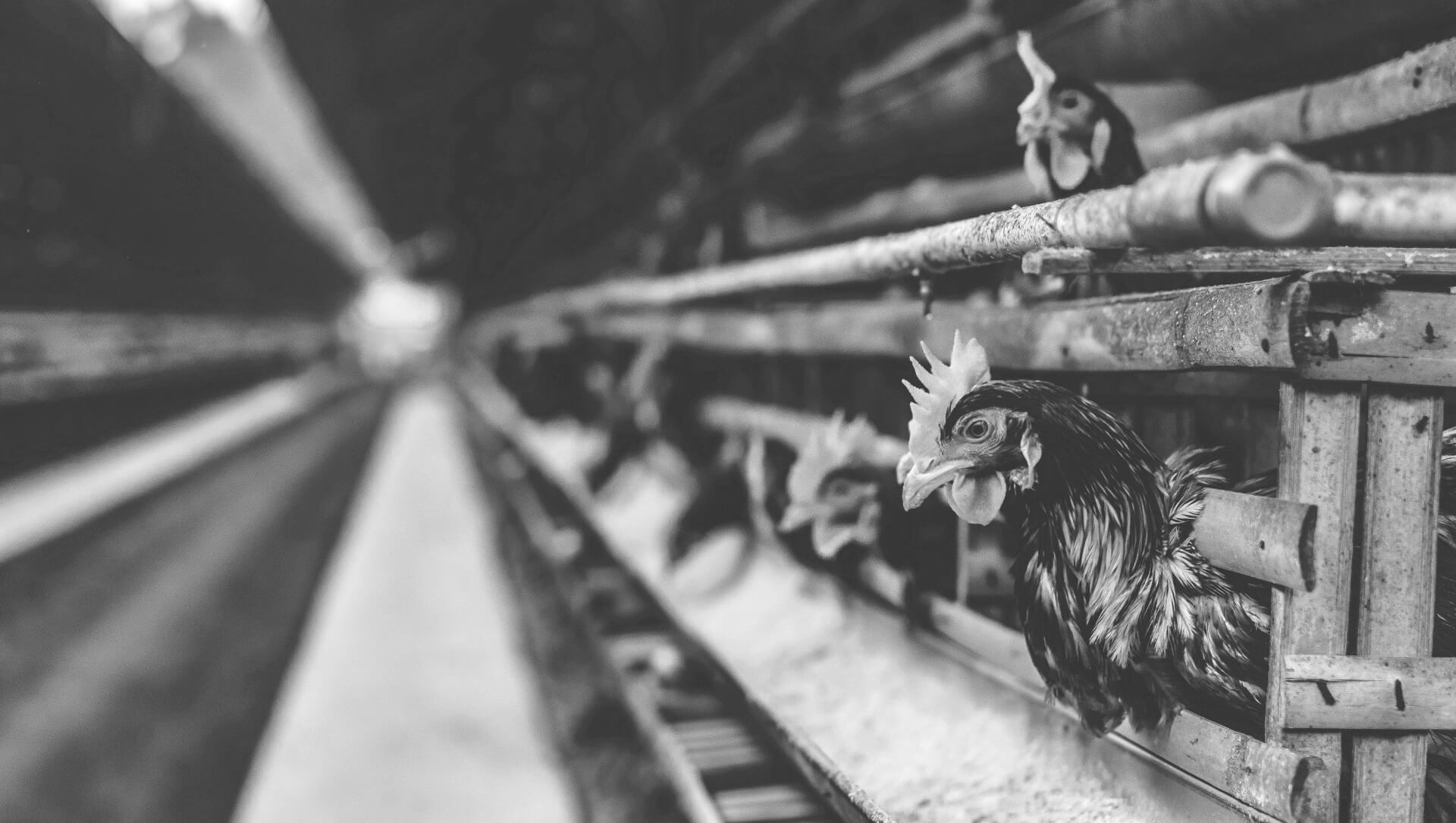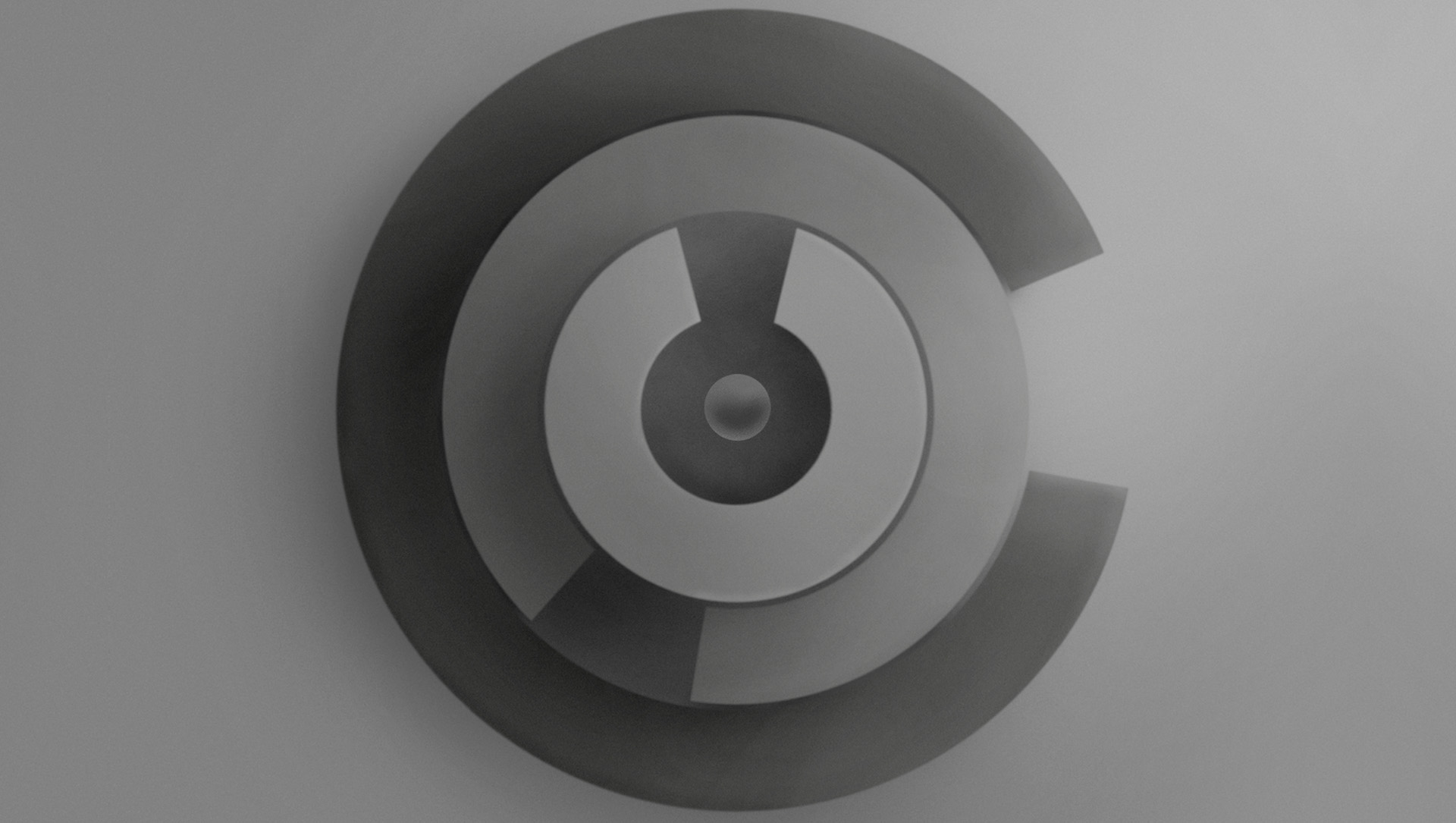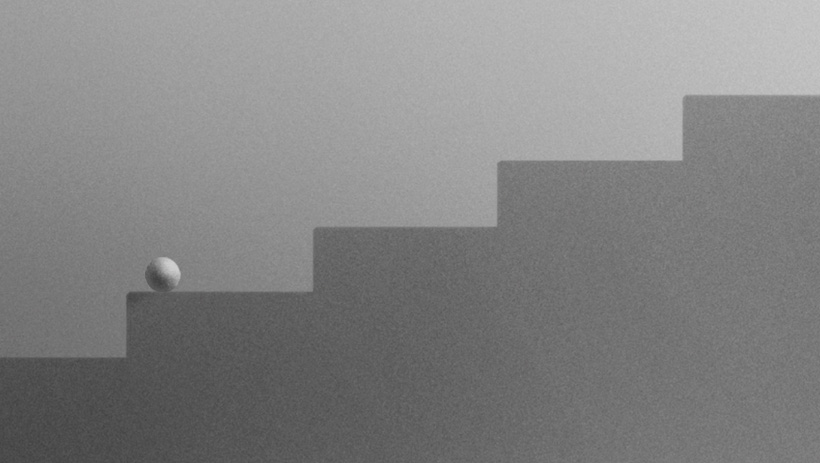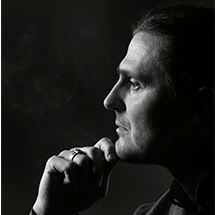CLARIFICATION OF THE ASHTANGA YOGA LIMBS
1. Yama practice. In the practice of yama, the yogi practices “non-enticement” within himself:
- Aparigraha — not following the natural desire for attachment and accumulation;
- Brahmacharya — not following the natural sexual attraction;
- Asteya — not following the natural desire to appropriate something for oneself;
- Satya — not following the natural desire to do something false;
- Ahimsa — not following the natural desire to get angry with other living beings and harm them.
According to LD, yama as the first step of AY is found at the waist level, which is responsible for the “refinement” function understood as a way to solve problems and perform tasks. Under this level lays the life itself — our abdomen that constantly needs comfort and pleasure. All yama practices will be performed more successfully if the yogi focuses his attention at the waist level, where all the adjustable filters are concentrated through which he controls the corresponding vital processes. This will prevent the lower levels of life from rising up to the higher ones and thereby polluting the spiritual sphere — the upper half of the range of life (as per LD-2).
2. The practice of niyama covers the principles of “what should be done” and gives prescriptions, what qualities an individual should cultivated in himself. Both yama and niyama reside in the sphere of Fire on LD-4, therefore, just like in yama, this practice too uses the principle of centralization — the subordination of peripheral phenomena and processes to the center of the yogi's will. In niyama, we are dealing with willful actions directed to reveal important life processes, accompanied by ignition of inner fire and inspiration. Required practices:
- Tapasya — “increasing the inner heat” — not passive restraint and asceticism, but deliberate action to evoke the inner fire as a force;
- Santosha — not an accumulation of pleasures, but an active search within oneself for already existing contentment that does not depend on anything external;
- Shaucha — purity — not a purge, but an active quest for the already existing purity in oneself and indwelling in it;
- Svadhyaya — self-study — not a passive stockpiling of information about own personality, but active gaining of knowledge of one's higher self;
- Ishvara Pranidhana — dedication of all merits to the Supreme — not formal visitations to temples and the usual offering ceremonies “according to the rules”, but active internal thanksgiving.
3. The practice of the asana — steady position of the body — according to LD, corresponds to the functional capability of “firmness” (LD-12) and the level of the chest — level where we belong to our superior and possess our subordinates. The body, as a devoted aide, faithfully serving his master, must only help us and should not disturb us in the least, just as the yogi himself should behave towards his superior. By preparing his body through asanas as a launching pad or a launcher for a rocket — his soul — the yogi frees himself from the cycle of life and goes over into the higher reality. Same is true for a leader who has a loyal subordinate, that allows both of them to move to a higher level of functioning.
Although this practice still takes place in the sphere of Fire and is therefore performed based on the principle of centralization, this however does not take place in the inner reality of forces, as in the case of yama and niyama, but in the higher reality of knowledge. Performing one or the other asana, the yogi gains experience of its final pranic form. The exercise evokes in him a related image, which in most cases is already indicated in the asana name itself. The form of the asana initiates a corresponding flow of prana in the body — subtle primordial matter, which the yogi perceives so distinctly that he can now begin to control it. This will be his next practice — pranayama.

The potential of any individual is naturally concealed from him or her. Will our potential develop fully, or partially? Will it develop in a standard way, or will it take a very personal pattern?

Description of the method for individual counselling based on the LiveDevice approach

On the basis of what systemic measures, or principles, could the concepts of continuous education and lifelong personal development be built?
